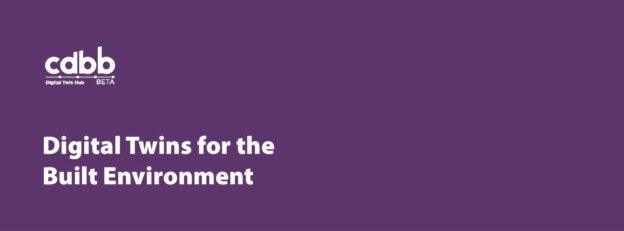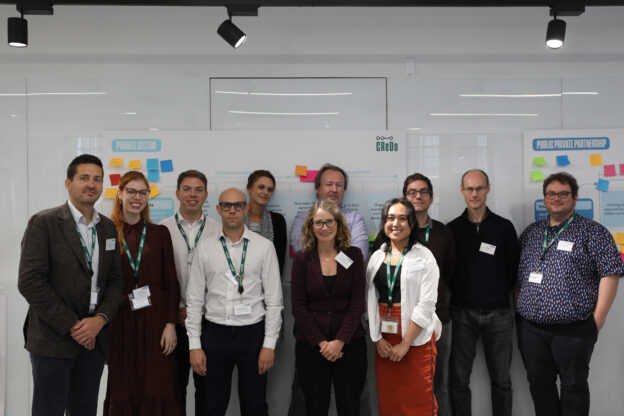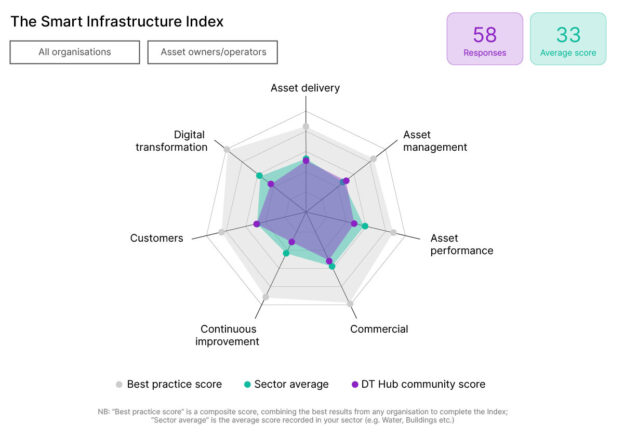Historically, standards have often been (falsely!) perceived as a contradiction to innovation. In fact, standards have often played a pivotal role in the adoption of new innovations. This is because those standards established a framework which defined aspects such as common vocabularies, essential characteristics and good practice. Once such a framework had been established, products and services that support the framework were developed.
What happened with Building Information Modelling (BIM) is a great example of this. After developing the PAS 1192 series, UK competencies around BIM were catalysed; allowing the UK to (and continue to) export its leadership globally. To facilitate the same level of adoption for digital twins, a similar framework is needed.
With work already underway to develop standards relating to digital twins at ISO, a roadmap for digital twins within the built environment is needed to ensure that such standards are developed in a holistic manner; formalizing the right content while allowing the sector to compete within these constraints.
Quote
“To collaborate on the rules and then to compete on the game.” – Mark Enzer OBE
To that end, BSI have worked with CDBB to produce a digital twins standards roadmap for the built environment. This roadmap considers what specific digital twin standard are needed as well as what supporting standards need to be produced which relate to the wider use of digital within the built environment. The roadmap was developed through the analysis of around 12,540 standards across a myriad of sectors.
For the Roadmap and the Framework, please see our Standards pages.



Leave a comment